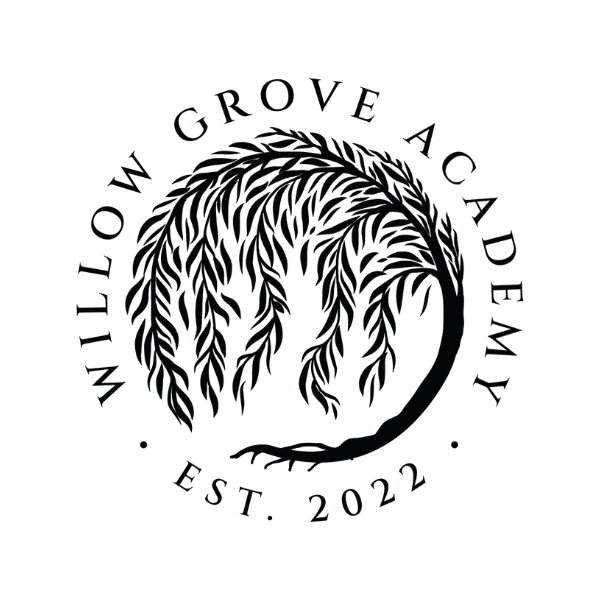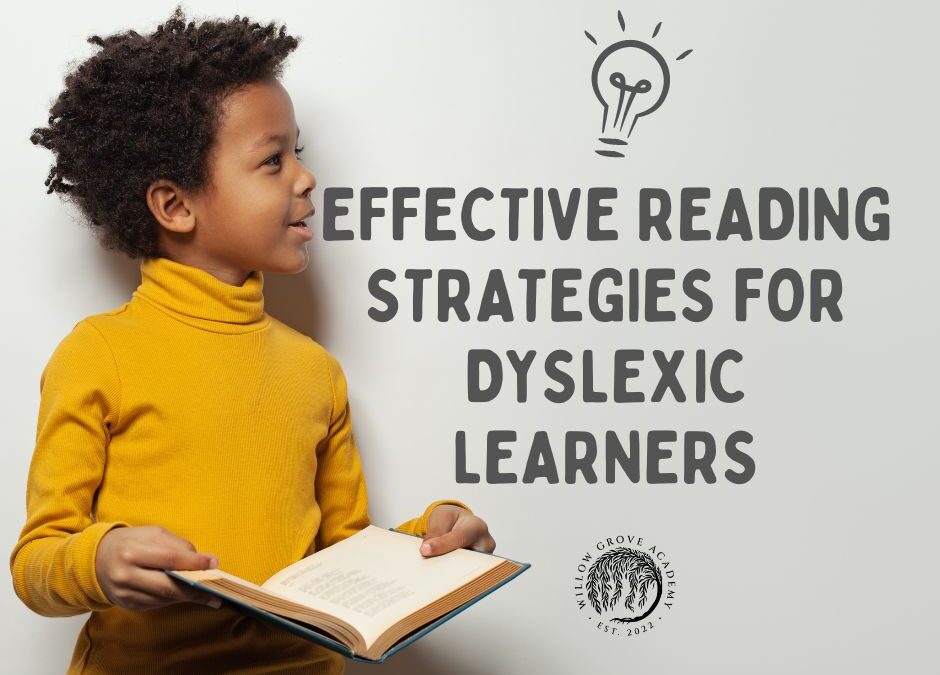Dyslexia is a reading disability that makes learning to read difficult.
It is characterized by difficulty with accurate word recognition, decoding, reading fluency, and difficulty with spelling.
If you have a child with dyslexia, you know that the dynamic of school is very different with a child who has dyslexia.
This difficulty requires that you approach reading instruction differently than you would with a child who does not have dyslexia.
First, it is important that you choose reading materials that are geared towards dyslexic learners. This starts with learning to read curriculum.
You will not have much success using main-stream reading curriculum if your child has a reading disability.
Your materials must be Orton-Gillingham based. There are programs that will train the parent in how to use them that have been widely used in the homeschool community with great success.
You will need to decide your level of comfort with using each program and this will likely decide which program you go with.
Depending on the reading level of your child, most of these programs provide reading practice through reading materials that are decodable for early readers.
Especially in the beginning stages of learning to read, stick to these reading materials as they are designed for success and will keep your child’s frustration to a minimum.
If you are working with an older learner, there are books that are higher interest for pre-teen and teen readers that are decodable.
It is important initially that you stick to books that will not frustrate your child with hard words that have spelling patterns they do not know. This just leads to a sense of defeat and may hinder his progress going forward.
Be careful to choose readers that are geared for dyslexic learners and not just early readers.
If you are reading content to learn information rather than reading to practice reading skills, it is often helpful to read out loud to your child or have an audio book available.
If the text is difficult, likely even if he is able to read it, he will be focusing so much on decoding words that he will not retain as much content as he would if he was able to relax and listen.
Pay attention to your child. Cues like yawning, becoming distracted while reading, and avoidance behaviors are signals that it might be time to take a stop for a bit.
Reading is hard work and your student can tire quickly. It is ok to split the lesson up into pieces and take breaks.
That being said, it is important that you work with your child consistently and follow the curriculum with fidelity. Research shows that the Orton-Gillingham reading method works. Stick with it and you will see results.
Remediating dyslexia is not a quick process and it can take several years to get a student reading with some fluency. Don’t be discouraged, just keep plugging along. Celebrate the small victories to encourage your child and keep his spirits up.
Remember to focus on your child and his progress. Don’t give in to comparison of his reading skills with other children who do not have a reading disability. Your child excels in areas that another child might not.
Work on celebrating his strengths and continuing to develop them. Likely his strengths will lead his interests going forward and are worth investing in.

